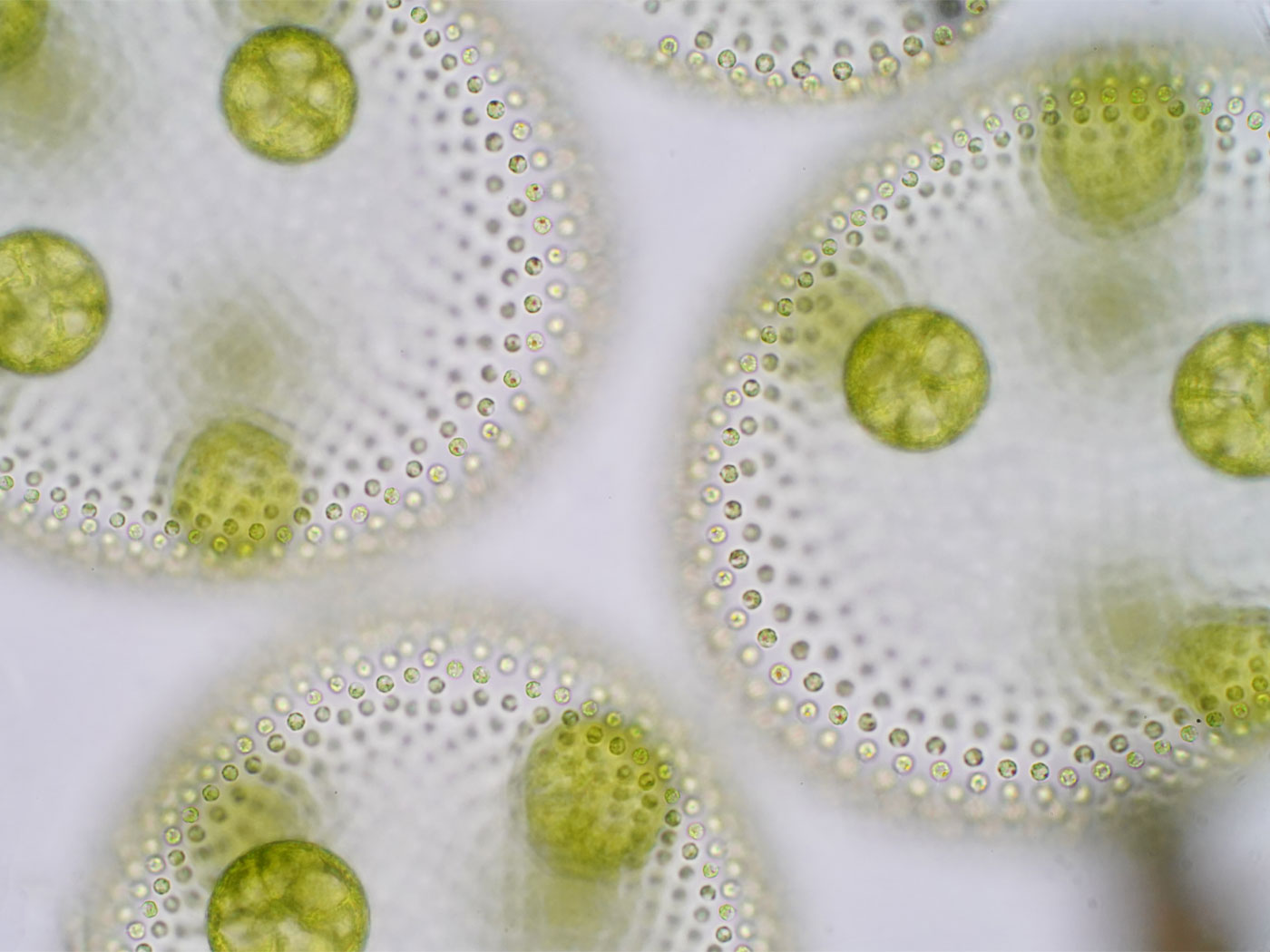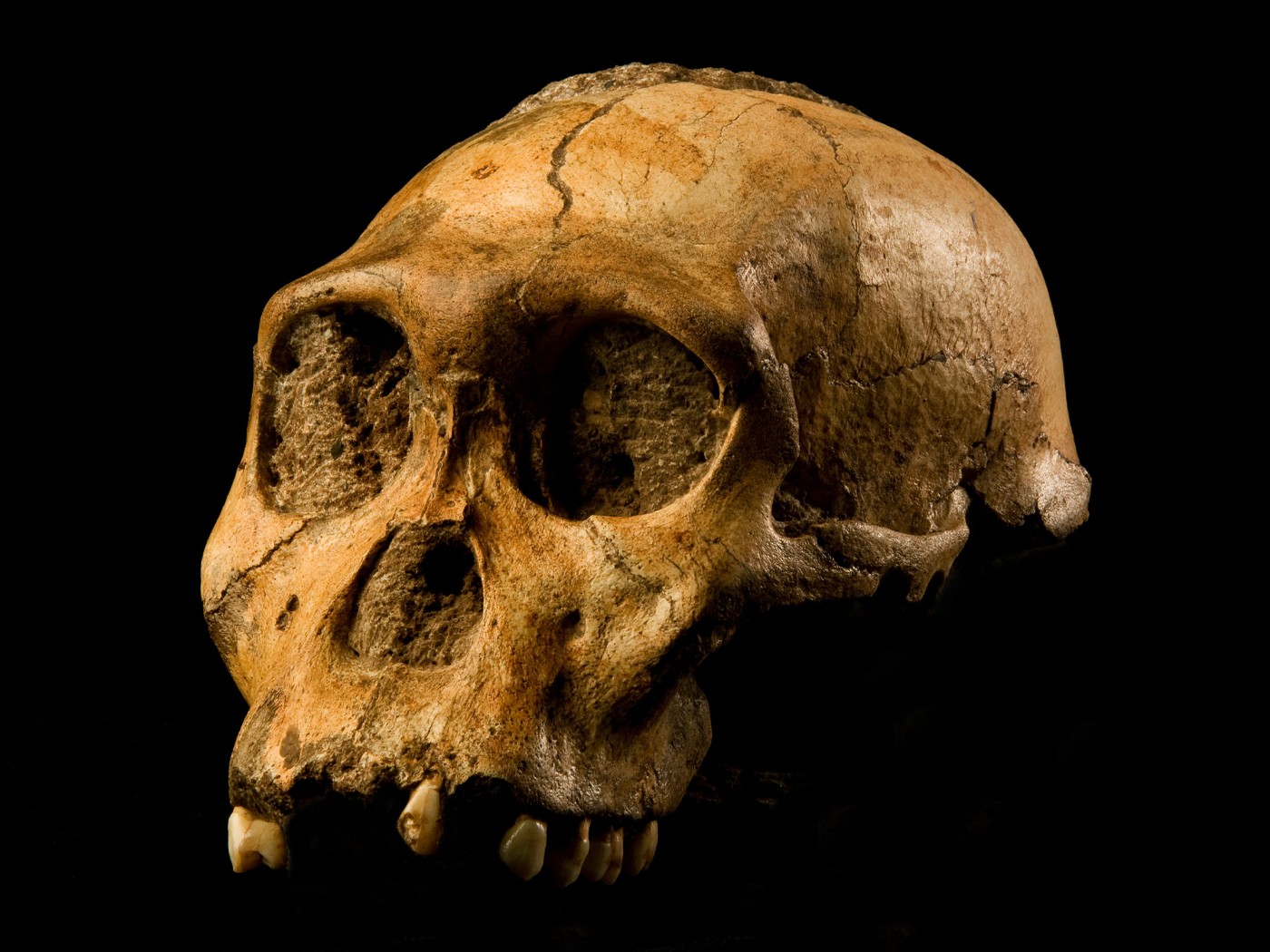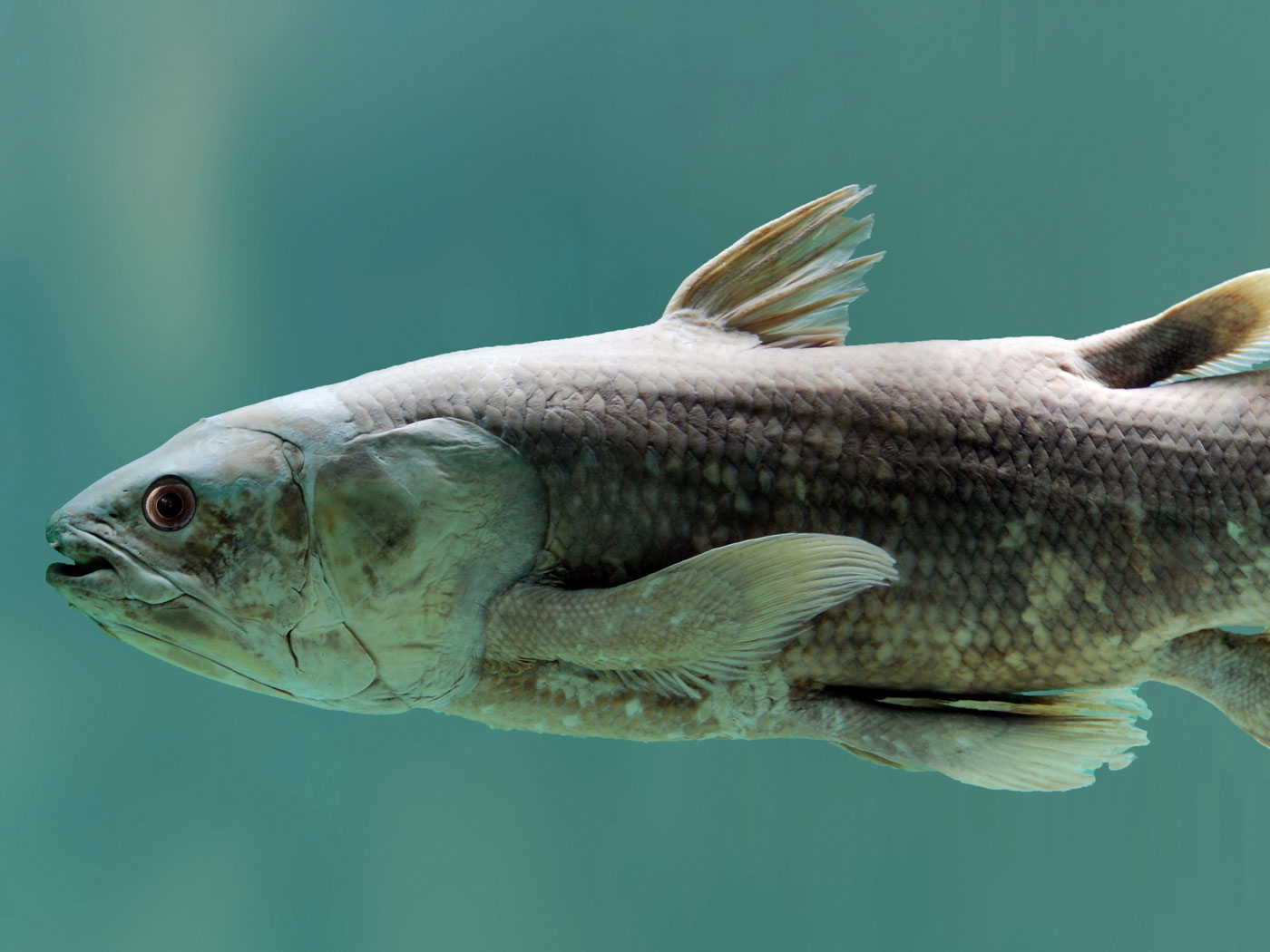Mosasaurs were marine reptiles with large jaws and big teeth. Their fossils have been found on every continent, including Antarctica. They grew longer than 40 feet, and although they had fearsome jaws that marked them as a formidable predator, scientists had until now assumed that they were only mediocre swimmers.
Based on the assumption that mosasaurs were in some stage of evolutionary transition from land-walking reptiles, paleontologists believed that the mosasaur's long, slender body moved inefficiently, slithering like an eel instead of powering through water like most modern large fish.
However, an in-depth study of the world's best-preserved mosasaur--which contains soft tissues such as skin, external scales, branching bronchial tubes, intestinal contents, decayed hemoglobin, and retinal soft tissues--demonstrated that the evolution-inspired weak-swimmer idea was all wrong. Instead, mosasaurs had all the necessary "adaptations" for a "fully aquatic existence."1
But there is no direct evidence that the "adaptations" described by the technical paper published in PLoS ONE were actually characteristics that had been "adapted," either by altering some other feature or by inventing a new feature. Taking the fossilized structures at face value, the integrated features could simply have been created to function just as they appear. In fact, since there is no evidence to support any other story, the creation model fits best.
The researchers discovered that the mosasaur had "a deep caudal [tail] fin." The soft tissue fossil preserved the shape of the mosasaur tail fin, revealing a long projecting extension just like that of modern sharks. This provides a powerful swimming "motor" for sharks. Further, the mosasaur's shark-like tail was accompanied by bony supports that were also sized and arranged like those of a shark. These work together with the deep caudal fin to enhance "stability at the crest of the fluke, a portion of the tail that must have been under great stress when the animal was swimming."2
Mosasaurs had their organs situated near the head, like living dolphins, to maintain a streamlined shape. The study's authors hypothesized that the small size of its scales were to "stiffen the body," thereby maintaining an appropriate balance between the stiffness and flexibility needed for effective swimming. They also noted that the distribution of variously sized scales served to reduce "friction drag when water flowed past the body."2
Lastly, the fossil confirmed that mosasaurs had flipper-shaped limbs, indicating no transition from the limbs of land-based reptiles. These features together showed "that mosasaurs were better swimmers than previously thought."1
Since they were found already fully formed, the researchers suggested that "these key features evolved very early in the evolution of mosasaurs."2 Assuming that its features were devised by nature and not by a Creator, senior author Luis Chiappe said that they formed "a successful design [that] was developed time after time by different groups of organisms adapting to life in similar environments."1
But the only way for a design to "develop" is for an intelligent person to do it. Also, when changes in animals "adapting to life" are actually observed--like variations in dog fur texture,3 adjustments to finch beak sizes,4 or tweaks in the hammerhead's fin-to-hammer ratio5--the differences are found in already existing, fully-formed features.
Nobody has observed mammal fur, bird beaks, or shark head hammers "emerging" in creatures that didn't already have them. So, why should the mosasaur shark-like tail fins be any different?
It has now been determined that mosasaurs swam quite well. Their remains show no evidence of having transitioned from any kind of land reptile, and at least one of them contains still-soft tissues.6 They therefore look like they were created recently, in accordance with Genesis history.
References
- World's Best Preserved Mosasaur Fossil at Natural History Museum of Los Angeles County Unlocks Mysteries about 85-million-year-old Sea Monster. Natural History Museum of Los Angeles County press release, August 9, 2010.
- Lindgren J. et al. 2010. Convergent Evolution in Aquatic Tetrapods: Insights from and Exceptional Fossil Mosasaur. PloS ONE. 5 (8): e11998.
- Thomas, B. Dog Coat Varieties Come from a 'Surprisingly' Elegant Program. ICR News. Posted on icr.org September 8, 2009, accessed August 17, 2010.
- Thomas, B. Cichlid Coloration Corroborates Creation. ICR News. Posted on icr.org October 16, 2008, accessed August 17, 2010.
- Thomas, B. Shark Study Hammers More Nails in Evolution's Coffin. ICR News. Posted on icr.org June 15, 2010, accessed August 17, 2010.
- Thomas, B. '80 Million-Year-Old' Mosasaur Fossil Has Soft Retina and Blood Residue. ICR News. Posted on icr.org August 20, 2010, accessed August 20, 2010.
* Mr. Thomas is Science Writer at the Institute for Creation Research.
Article posted on August 24, 2010.



















